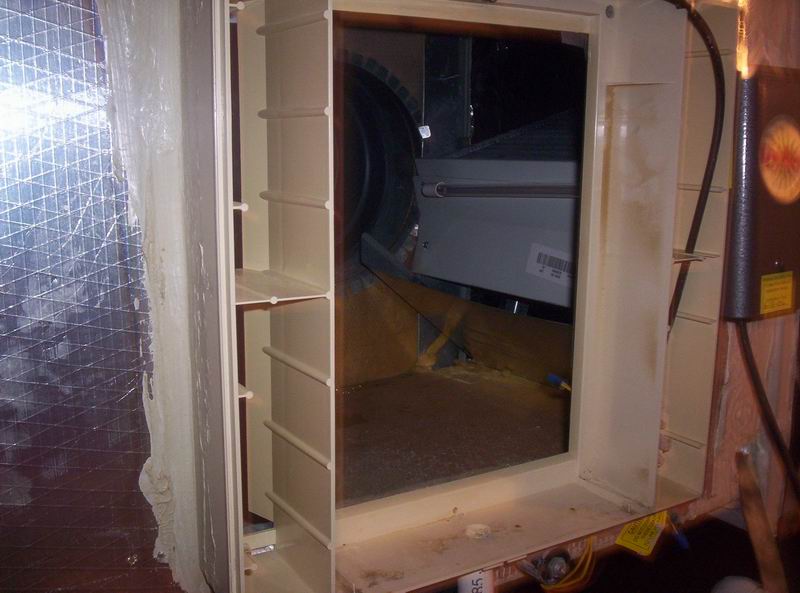
Originally Posted by
breathe easy

Has anyone else had problems with UV lights, EAC's and the other "new" air cleaners deteriorating the hydrocarbon based components of their HVAC systems? I just had another customer show me a filter that looked like Swiss cheese after being exposed to a UV light. The UV light and the ozone will react with any plastic materials such as filters, pans, wire, mastic, flex duct, etc. I would like to know how widespread this problem is and what people are doing about it.





 Reply
Reply
 ! -George Carlin
! -George Carlin







